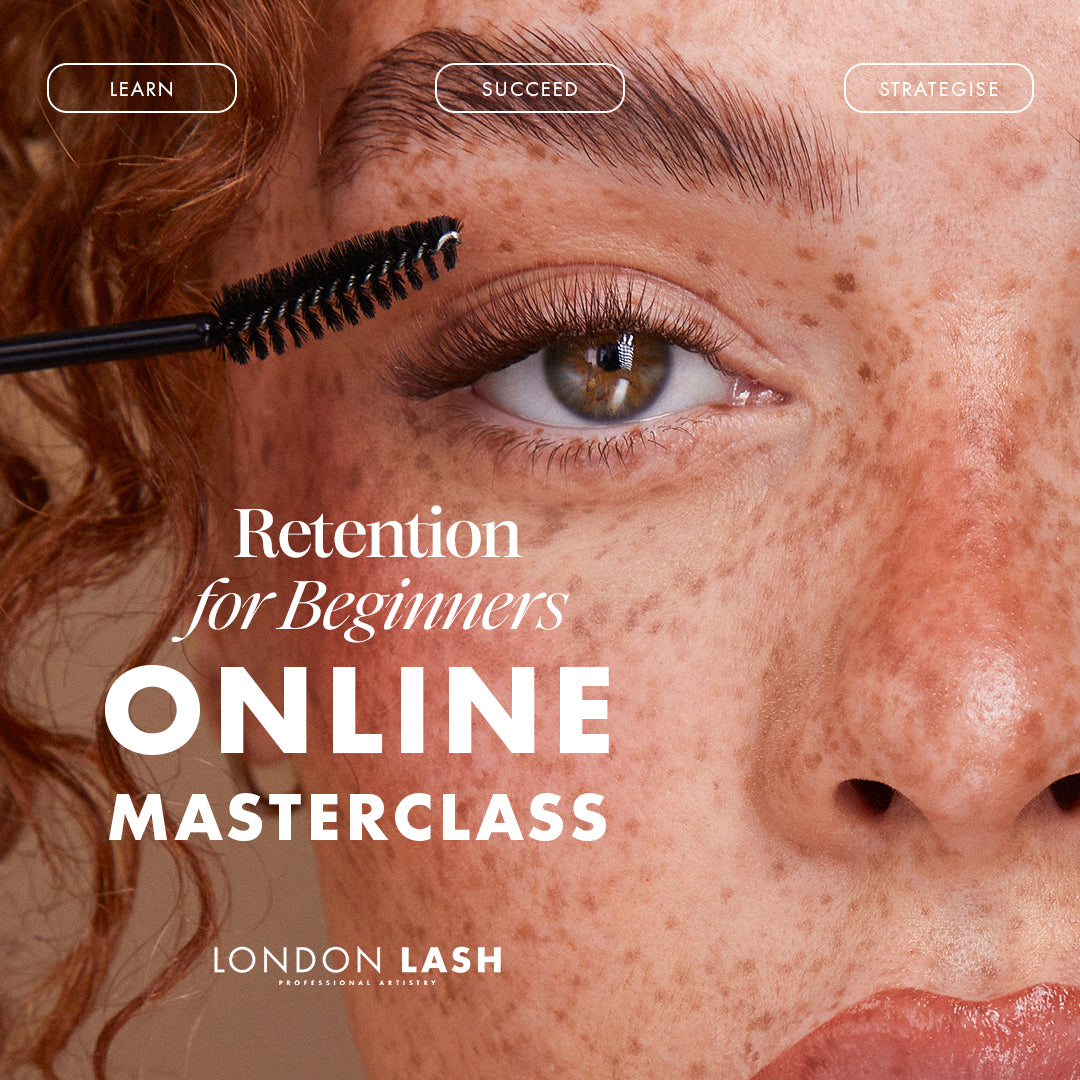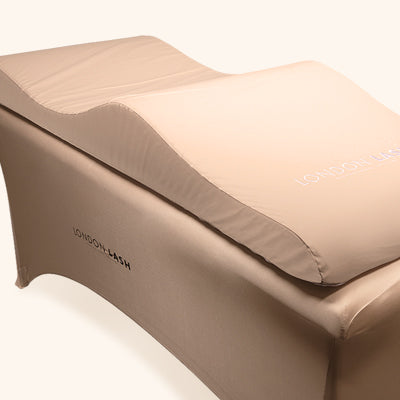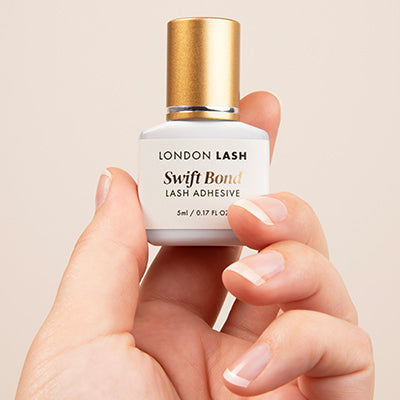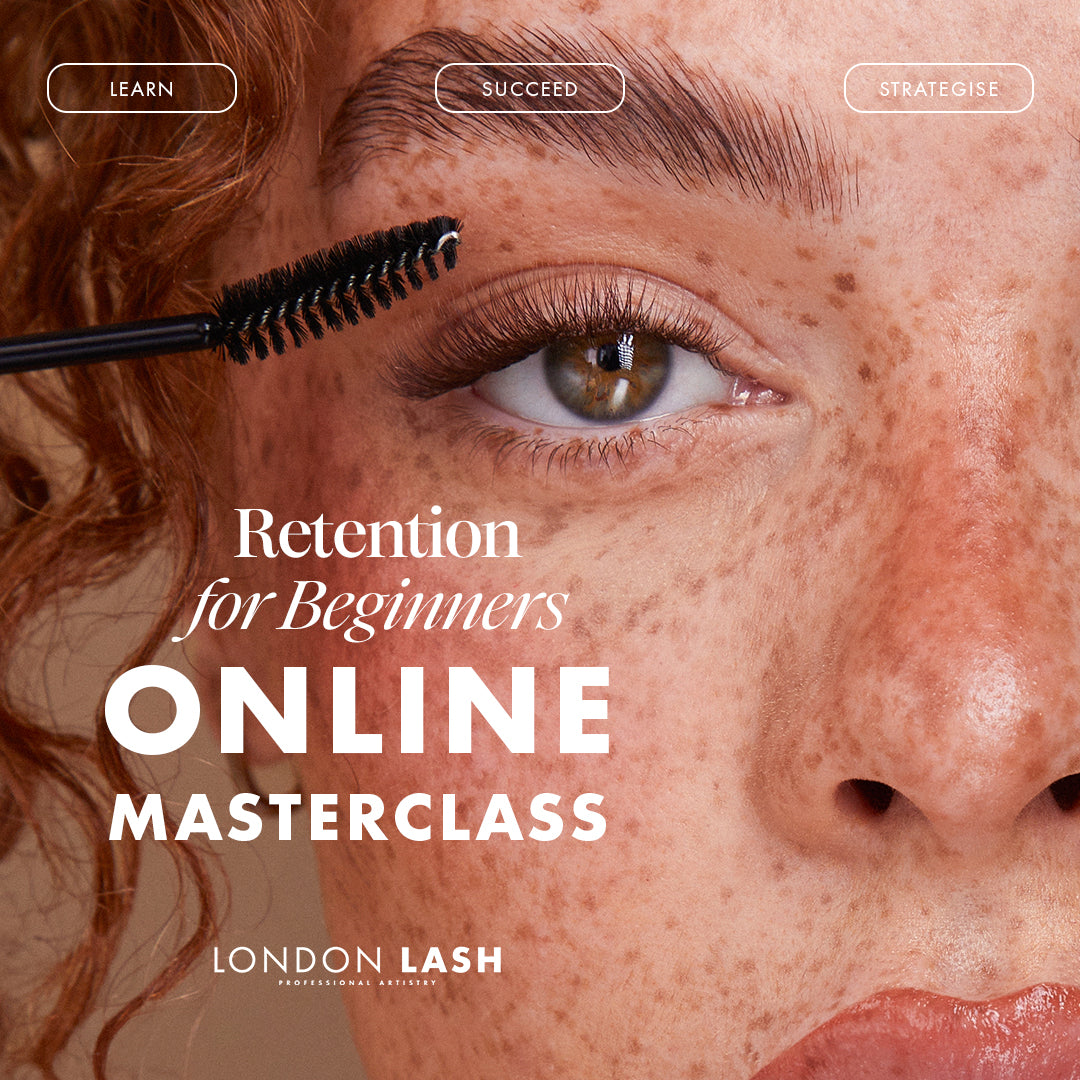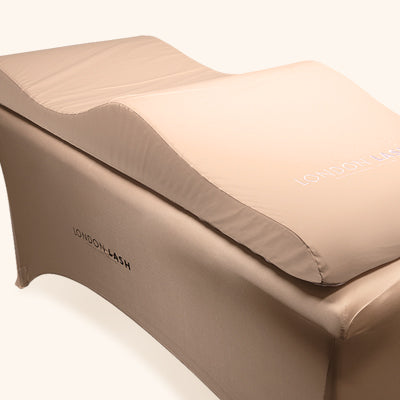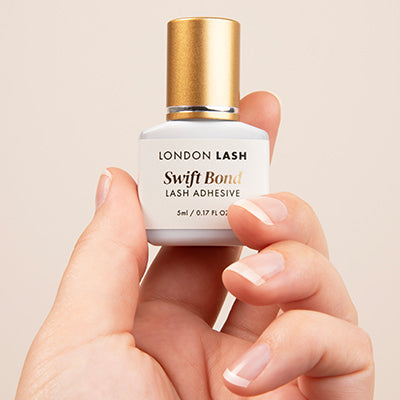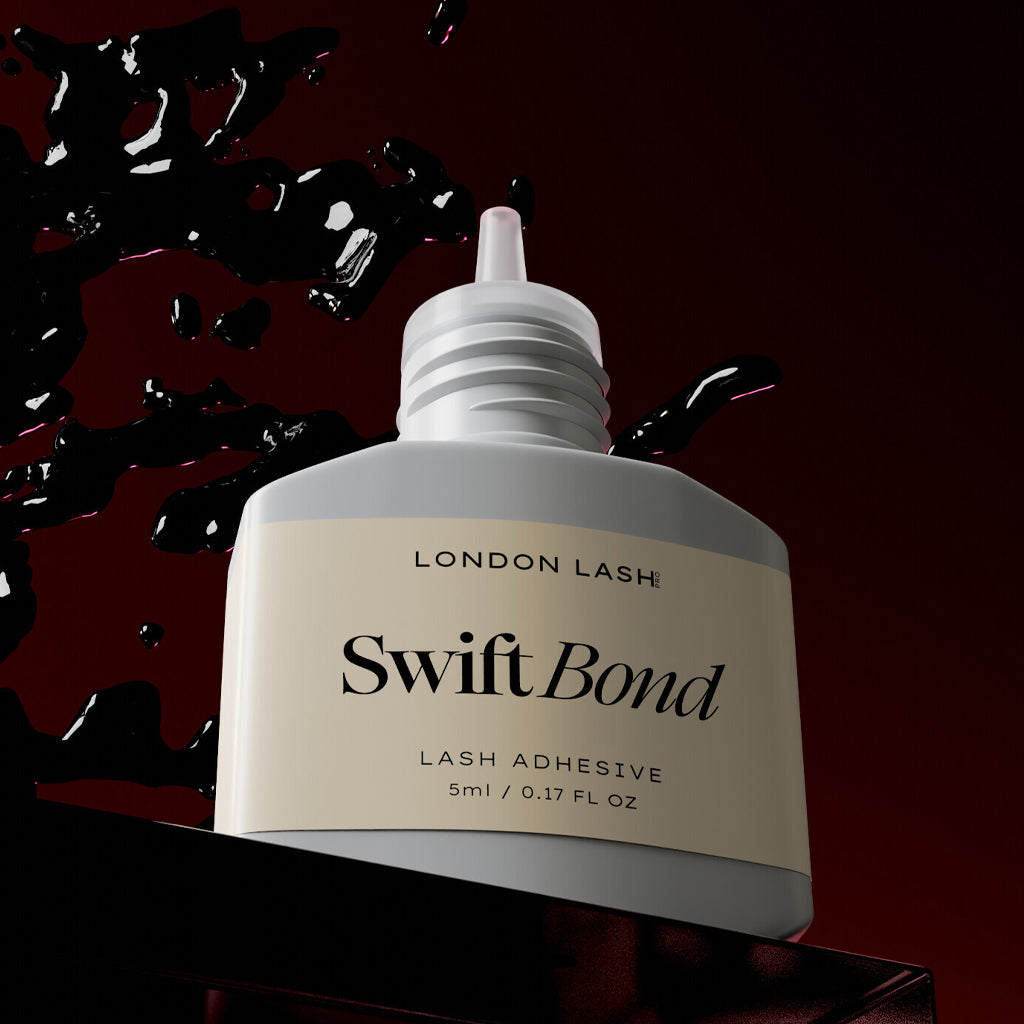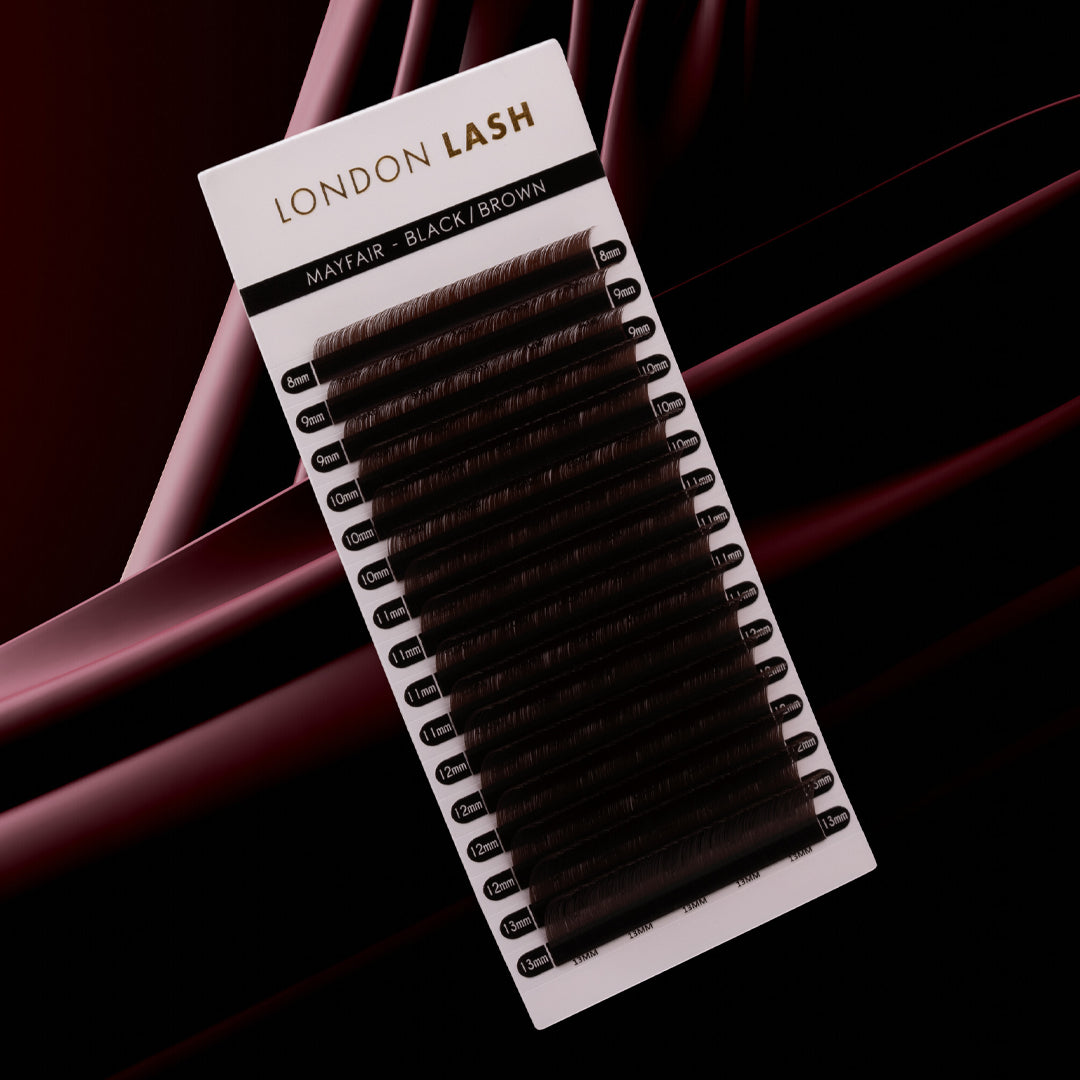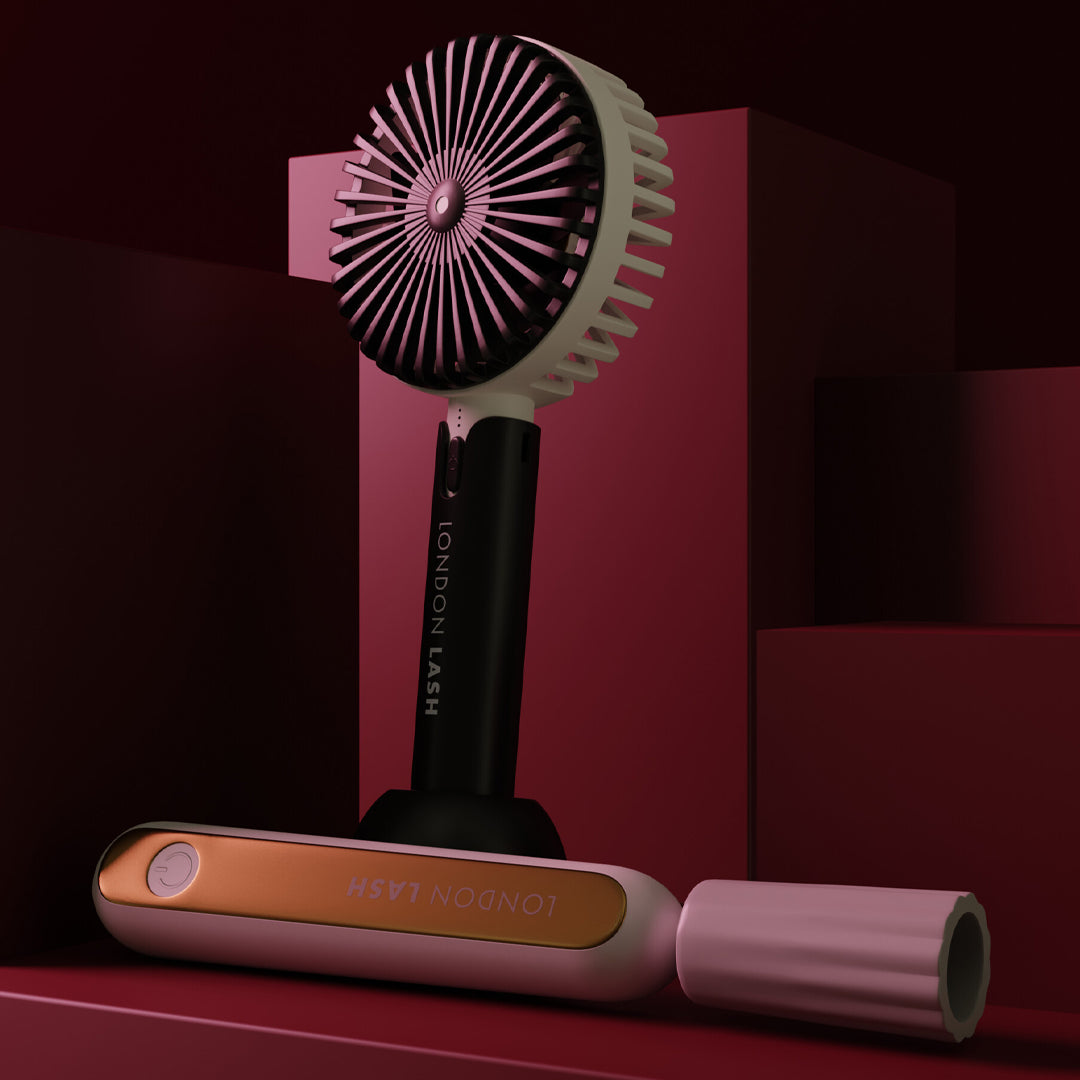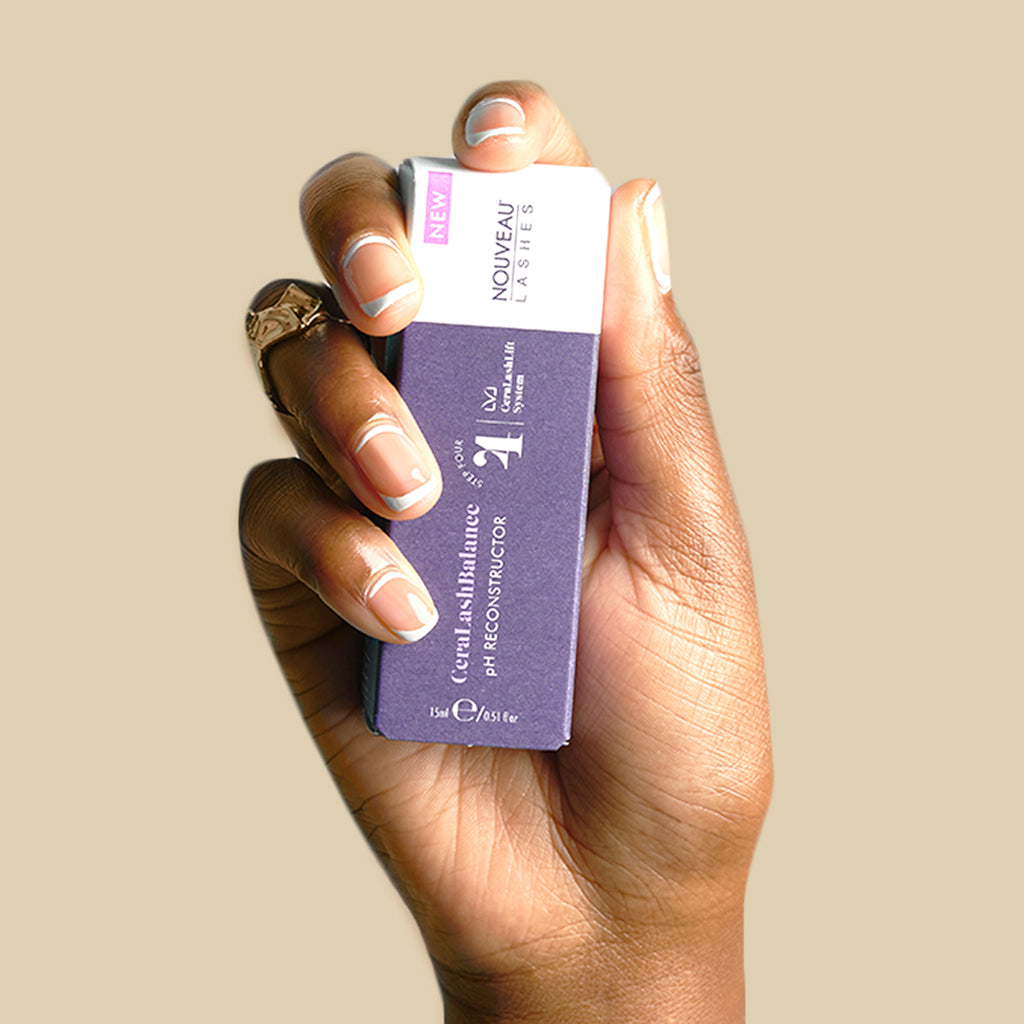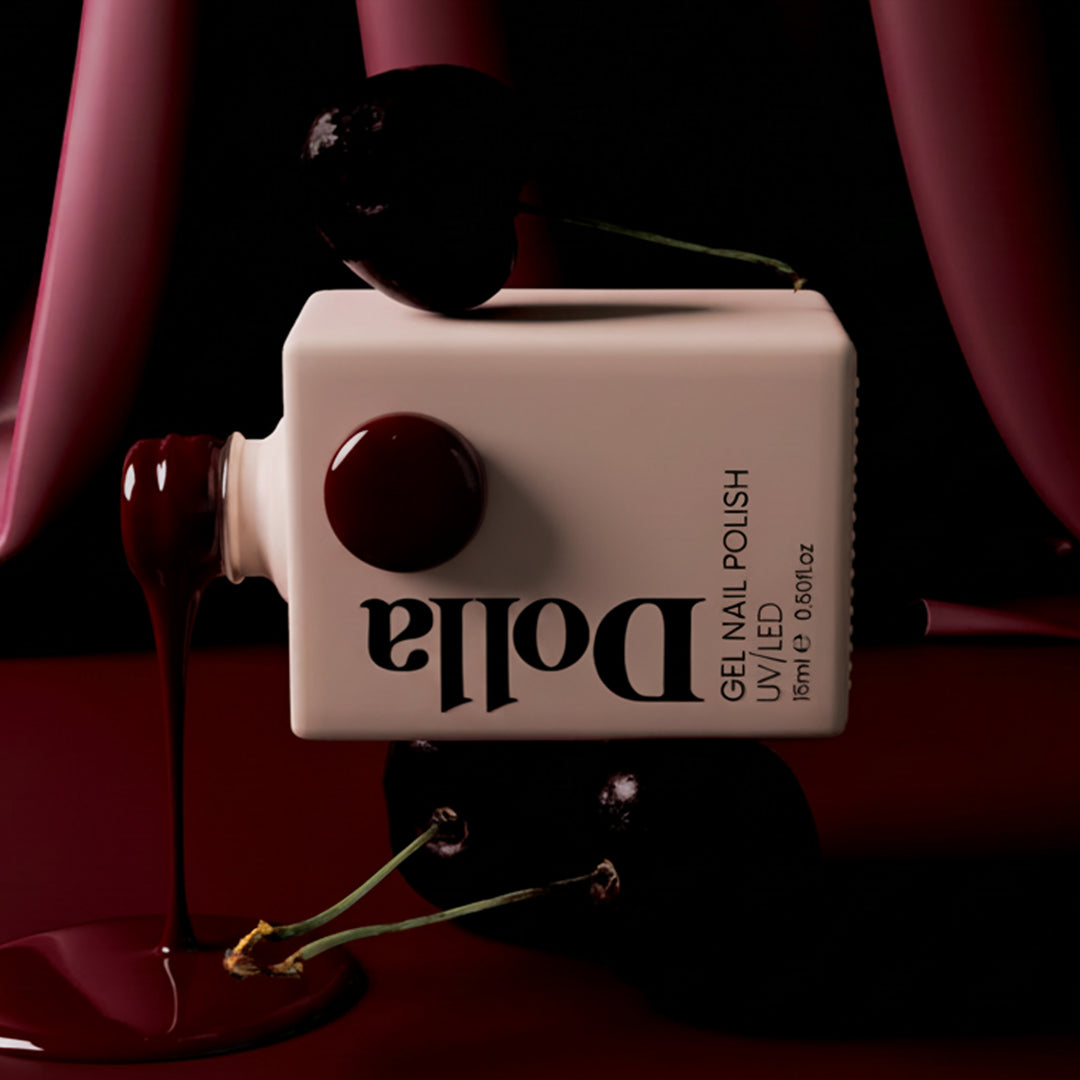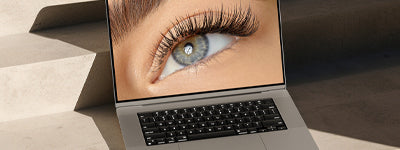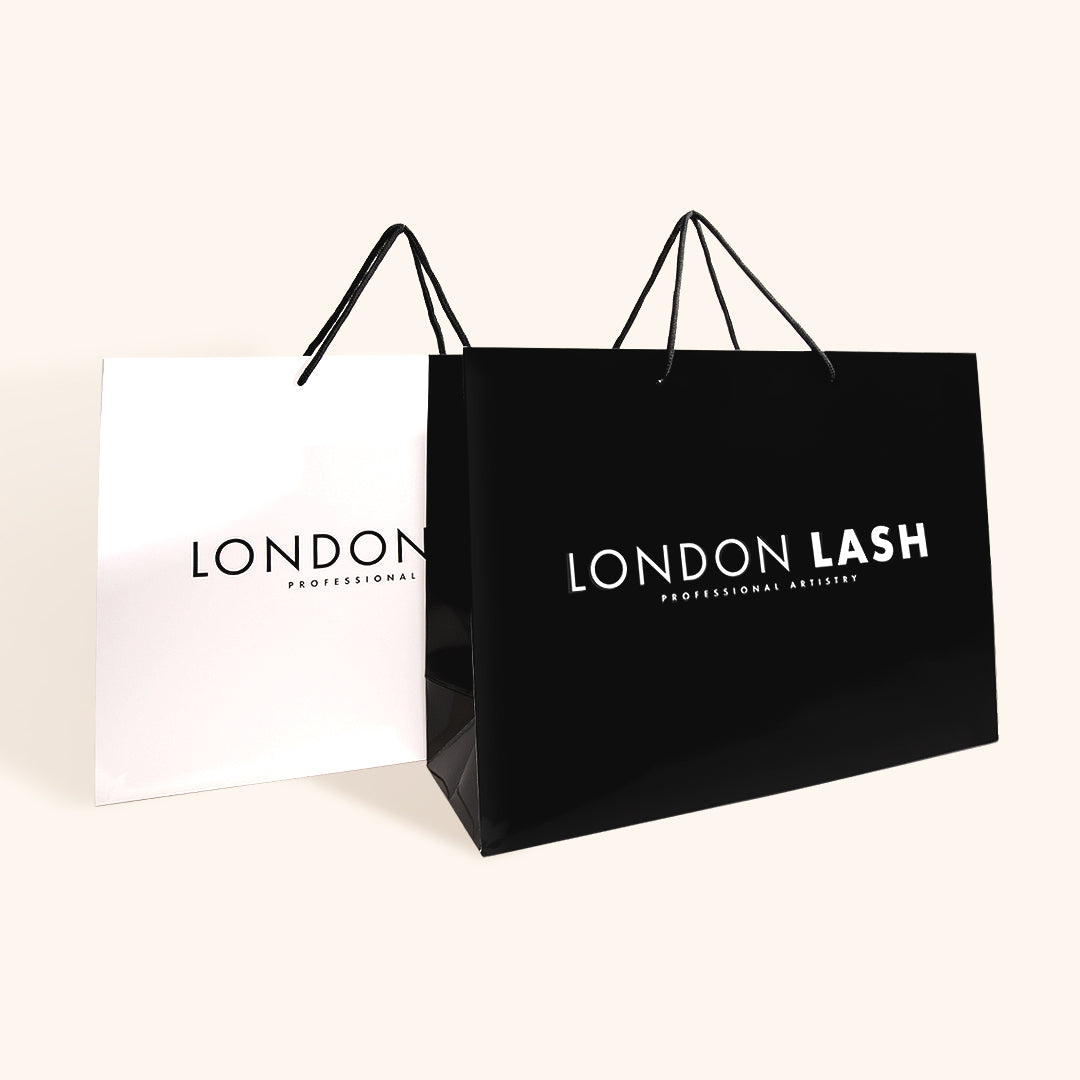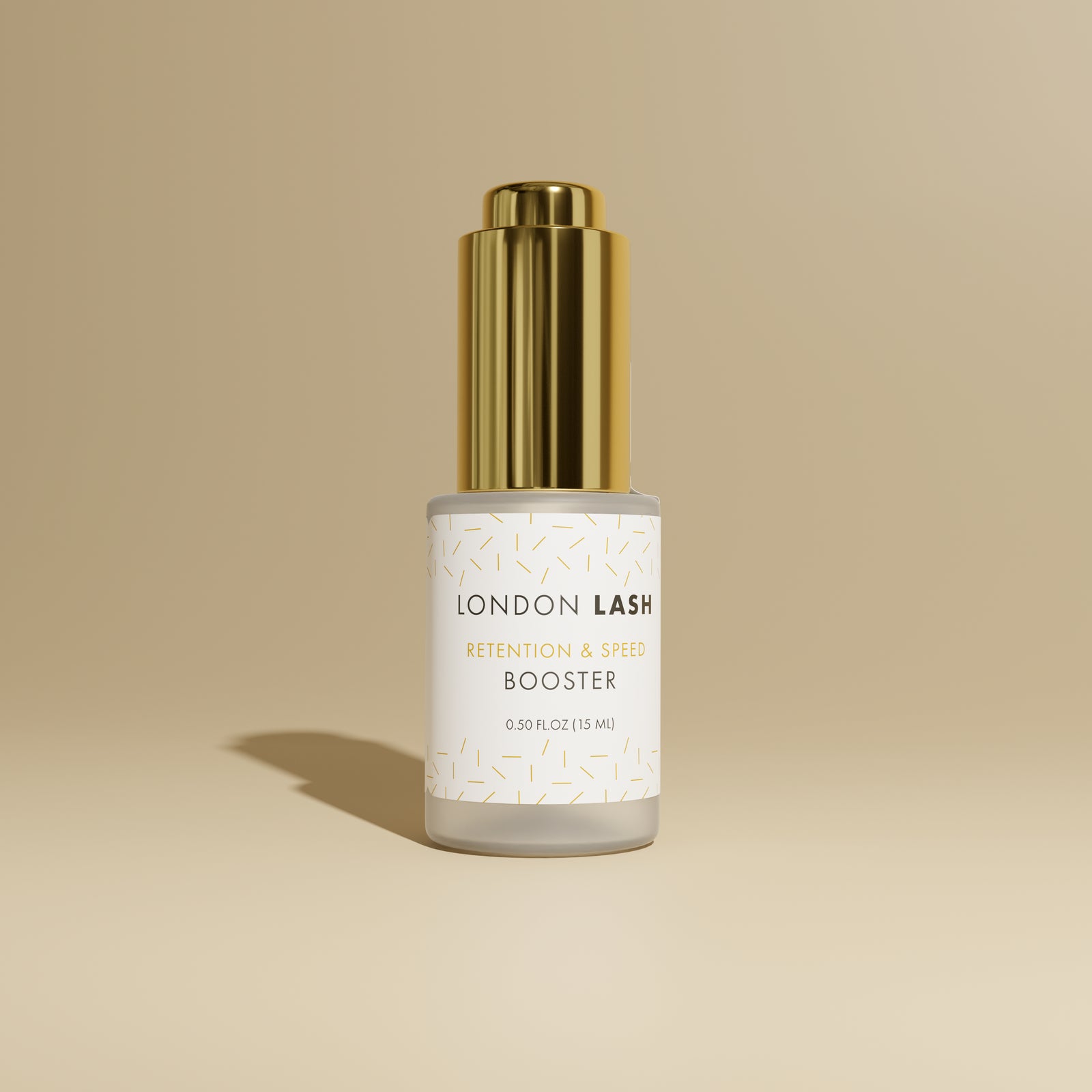New In
Glues & Liquids
Lashes
LASH LIFT
Dolla Nails Pro
Online Training
Save up to 57% off
Eyelash Mites: Causes and Solutions
July 20, 2023 3 min read

Do Eyelash Extensions Cause Lash Mites? | What Are Lash Mites? | How to Prevent Them
This is a topic as a Lash Technician, you must be aware of. It’s important that you’re not only well informed about all the allergies, contraindications, and contra actions when it comes to lash extensions, but also the nasties. Don’t get us wrong, you may never experience these little mites, but it’s good to understand what they are, how they are caused, and how to prevent them. 
What are Lash Mites?
Believe it or not, lash mites are actually extremely common. Although it may give you the heebie-jeebies at first, it’s completely normal to have lash mites. Lash mites, also known as Demodex, are essentially tiny parasites that live in the hair follicles and feed on dead skin cells. They’re microscopic, so before you panic and run to the closest mirror, they’re nearly impossible for us to actually see.
In most cases, having eyelash mites is nothing to worry about as everyone has a small amount of them. However, they can become problematic in large numbers and an infestation can in fact worsen or cause skin issues. If an individual has an infestation of mites, they will crawl into the hair follicle and feed on the oil in the pore as well as the dead skin cells, which can eventually lead to eyelash loss.

Do Eyelash Extensions Cause Lash Mites?
We’re here to set the record straight! Eyelash extensions do NOT cause lash mites, Lash mites are actually caused by poor hygiene. So, why do people think that lash extensions cause lash mites? Unbelievably, many people still assume that you cannot wash or clean lash extensions as this will cause them to shed, but this is simply not the case. If anything, it’s not cleaning eyelash extensions that will cause the lashes to prematurely shed! This is an outdated misconception because by using a professional lash glue and Superbonder, your clients can swim, shower, and wash their lashes to their heart's content.

If your clients don’t follow an aftercare routine and don’t clean their eyelash extensions regularly, eyelash mites will thrive and continue to reproduce. As more and more mites attach to the eyelash follicle, they can begin to push the hair out of the follicle itself which results in lash loss, slow lash growth, and eventually eyelash growth abnormalities. This is why it’s super important to educate your clients on how to thoroughly clean their lashes after treatment. This could be via your social media, by providing them with an aftercare card, or by simply giving them advice at the end of their lash treatment. It can also be beneficial to retail a lash shampoo to your lash clients, to ensure that when they come back for their infill, their lashes will be squeaky clean. 
Symptoms of Lash Mites
- Eye inflammation (blepharitis)
- Sticky eyes
- Crusty eyelashes
- Burning sensation around eyes
- Redness
- Scaly patches of skin
- Itchiness
- Flare-ups of skin conditions

How to Get Rid of Eyelash Mites
If you believe your client is suffering from an infestation of eyelash mites and has any of the symptoms listed above, do not proceed with the lash treatment! These mites can also spread through close contact, so you mustn't perform the lash treatment. This may be difficult to gauge as eyelash mites aren’t visible, so you won’t and you shouldn't diagnose your client with lash mites as you are not a medical professional. Instead, advise your client to make an appointment with their doctor.
To maintain amazing eyelash extension retention and promote the health of your clients’ natural lashes, proper hygiene, and aftercare is key. If your clients regularly take care of their lash extensions, they’ll have nothing to worry about! In fact, lash health and stunning eyelash extensions go hand-in-hand! Your clients don’t have to choose between both. If you want to learn more about eyelash extensions aftercare, visit our Great Aftercare Blog or our Guide to Eyelash Extensions Aftercare: Summer Edition.
Check out these featured products
Subscribe
Sign up to get the latest on sales, new releases and more …

